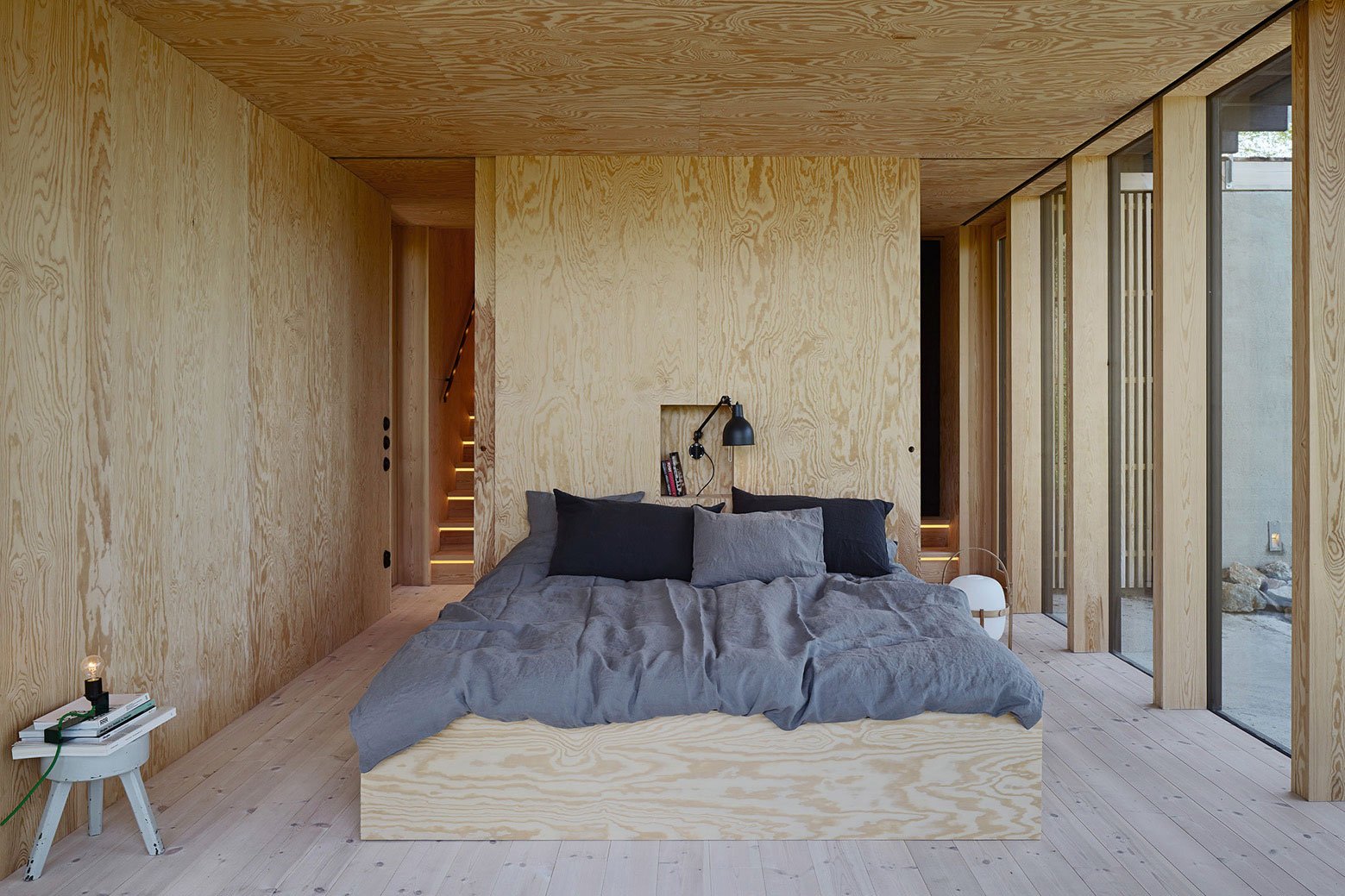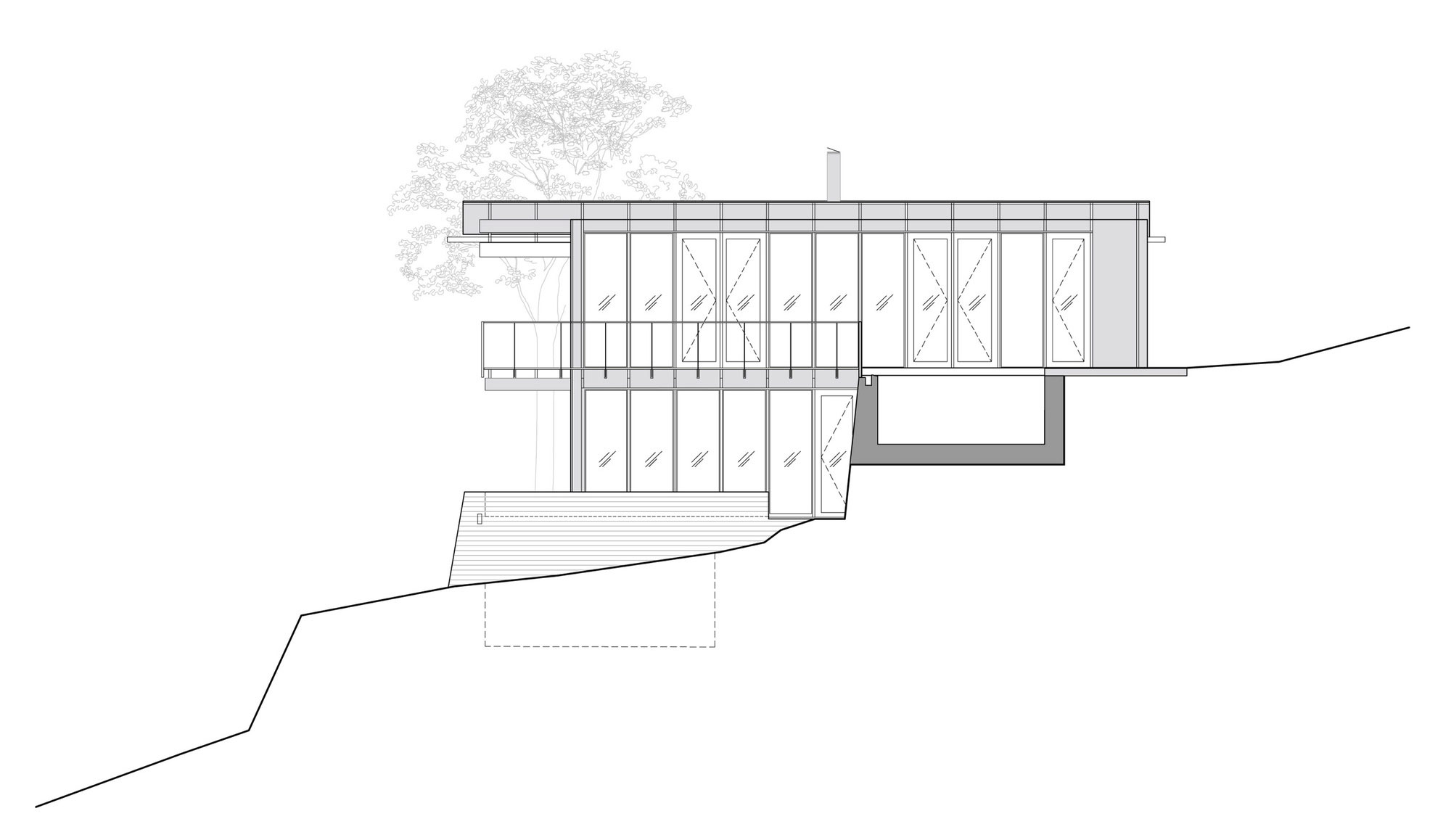Aspvik privet summer house overlooking Torsbyfjärden by Andreas Martin-Löf Arkitekter
Architects: Andreas Martin-Löf Arkitekter
Location: Stockholm, Sweden
Year: 2015
Area: 753 sqft / 70 sqm
Photo courtesy: Åke E:son Lindman
Description:
In 1917, famous restauranteur Sten Hellberg fabricated a Chinese-style tower high above Torsbyfjärden with a perspective sitting above the transportation path towards Stockholm. The six hectare plot has been in the present proprietors’ family since the 1950s. In the 1960s a solitary story, period-style option to the tower containing new lounge room, kitchen, room and washroom spaces was included.
The new building is comprised of engineering components that relate both to the first tower and the 1960s expansion. Together they make a gathering of structures from three unique periods. The new building is put on a lofty slope. At the point when seen from the principle house over, the new volume seems like a little storehouse embedded between two pine trees. In any case, the slanting site takes into account a two-story house to be set without rivaling the first house for predominance. The lower floor incorporates a passage lobby, room, lavatory and a sauna which is tucked into a hole in the stone slope. A staircase prompts a solitary, substantial room on the upper floor which contains kitchen, feasting and living territories.
The house is developed in steel, timber and glass and is set on a solid plinth. The characteristics of the plinth are calculated by 5 degrees, which is reminiscent of conventional pagoda establishments and an unobtrusive reference to Sten Hellberg’s chinese-style tower. The uniquely designed coating is appended specifically to the structure – with enumerating adjusted from the 1960s augmentation, while the trademark anticipating rooftop is acquired from the current tower.
A slanting cast in-situ holding divider makes an interminability swimming pool toward the west and morning patio toward the east which outwardly slice through the lower story. At night the pines are changed into bonsai trees that reflect oblivious water of the pool.
Thank you for reading this article!
























